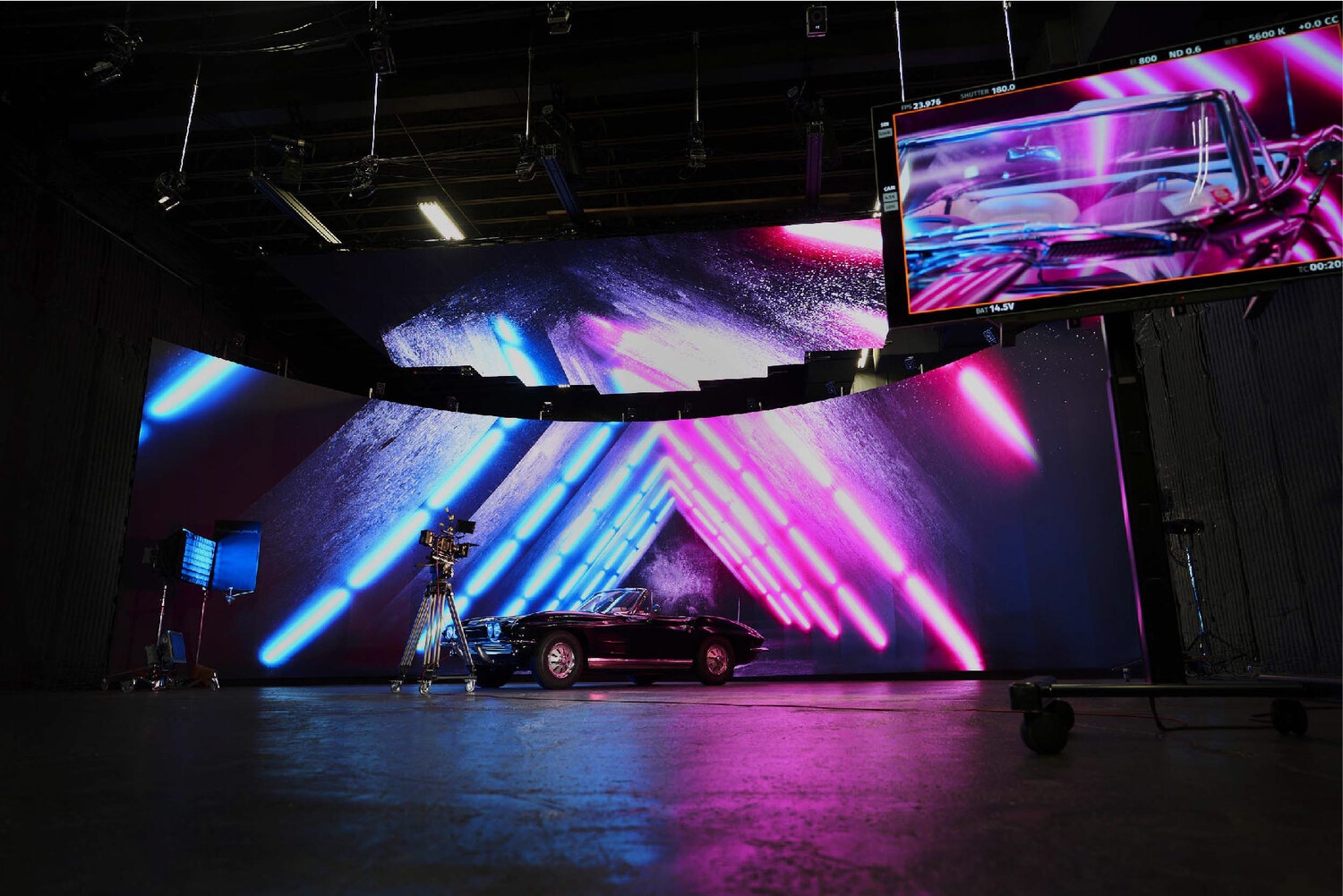Clarifying Luminescent Wall Surface Illumination Metrics aiming at Optimal Visual Performance
Clarifying Luminescent Wall Surface Illumination Metrics aiming at Optimal Visual Performance
Blog Article
Light Emitting Diode panel screens have become increasingly popular in various settings, from residences to businesses and public spaces. These screens tend to be recognized due to the vivid as well as dynamic displays, which make them ideal for communicating data, ads, as well as engagement. Nevertheless, comprehending brightness brightness measurements of LED wall panels remains crucial to guaranteeing ideal display performance. Brightness can be quantified using metrics known as candelas, which indicate the amount of light is emitted from the screen. A greater number of quantity in candelas, the brighter the visual is. For instance, instance, a panel with 1,000 nits stands considerably more vivid than one with 500 candelas, rendering this one more suitable for well-lit settings.
As you choosing a Light Emitting Diode panel screen, one is important to consider the setting where which the screen will be placed. For well-lit illumined spaces, such as shopping malls or open-air locations, a increased brightness level is necessary to ensure visibility. Conversely, in darker settings, such as theaters or conference rooms, a lower brightness rate may be adequate. This is because excessive bright excessive luminosity in a dark environment can lead to discomfort for viewers, making it more difficult for focus on the display. Therefore, understanding the specific requirements of the installation location can help in choosing the right brightness level for ideal viewing experience.
Another crucial element to consider the contrast differential proportion in an Light Emitting Diode panel screen. This ratio measurement indicates how much difference between the brightest light versus the darkest black shade which a screen can produce. A higher contrast proportion indicates the display can it is capable of present more detail and depth, thereby improves overall image quality. For instance, one screen boasting a contrast ratio of 10,000:1 is able to show visuals with more vivid hues as well as crisper features compared to one with a proportion of one thousand to one. This becomes especially over at this website crucial in instances where displaying images or motion graphics which demand greater definition as well as fine details, such as presentations and advertising material.
Additionally, the technology mechanism that drives LED wall screens has an essential part for their brightness and overall performance. Various kinds of LED technologies, including Organic Light Emitting Diode and LCD, possess distinct characteristics that affect the way luminosity is perceived. OLED panels often provide superior differential and darker blacks, which may improve a visual experience in darker environments. Conversely, standard LED panels may prove to be better in bright spaces because of the ability to generate higher levels in illumination. Understanding these tech-related variances can help consumers in making knowledgeable choices based on specific individual needs.
In conclusion, consistent care and calibration for you can try these out Light Emitting Diode wall panels may help maintain ideal brightness and efficacy over time. Dirt and dirt may accumulate on a surface, impacting its brightness and clarity in the visual. Periodic washing as well as professional adjustment may ensure the panel panel operates in its best, offering consistent visual clarity. Additionally, certain advanced LED panel panels feature with integrated features that allow operators to adjust illumination levels as well as hue adjustments according to individual wants. By implementing these measures, operators can guarantee that LED Light Emitting Diode wall screens provide the optimal visual performance, no matter the environment where that they are used.